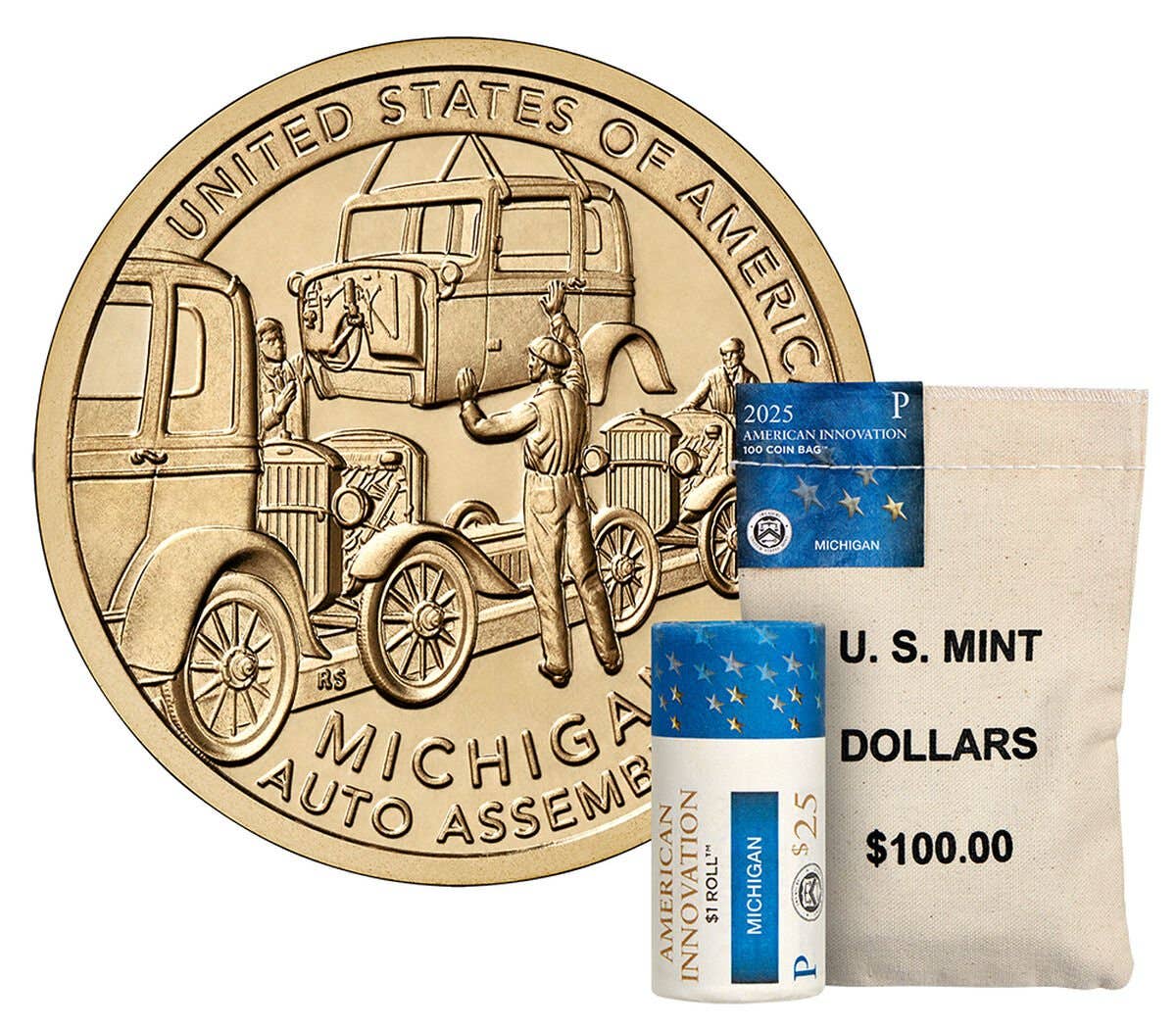Cost to Produce Money on the Rise
The cost of producing a single cent has increased by 12.9 percent to 3.07 cents from 2.72 cents each.
The cost of making money has been going up at an alarming rate, yet the U.S. Mint continues to produce the loss-leading 1—and 5-cent coins in large numbers. Little effort has been put into increasing the public’s awareness of dollar coins that should but simply don’t circulate.
According to a recent U.S. Mint report, “FY [Fiscal Year] 2023 average spot prices for nickel decreased 5.1 percent to $23,481.25 per ton, average copper prices also decreased 8.5 percent to $8,437.44 per ton, and average zinc prices decreased 22.3 percent to $2,772.07 per ton.”
The cost of producing a single cent has increased by 12.9 percent to 3.07 cents from 2.72 cents each. At the same time, the cost of producing a single 5-cent coin has increased by 10.9 percent from 10.41 cents to 11.54 cents. It costs 10 cents to strike a single dollar coin. A dollar coin has an estimated lifespan of 30 years, while the lifespan of the dollar bill is likely 6.6 years. It costs 5.4 cents to produce that dollar bill. That means in the same 30-year span, the cost of producing sufficient dollar bills to keep pace with the single dollar coin is about 24.3 cents or 4-1/2 times more to keep that dollar bill value in circulation.
While you may be shaking your head, remember that neither Congress nor the U.S. Mint has indicated that there is any change to our change on the horizon. Collectors should consider that the circulation lifespan of our zinc-coated copper-clad cent is questionable due to its poor quality composition. For that reason, collectors may want to search out high-grade examples of post-1982 cents.
You may also like:








